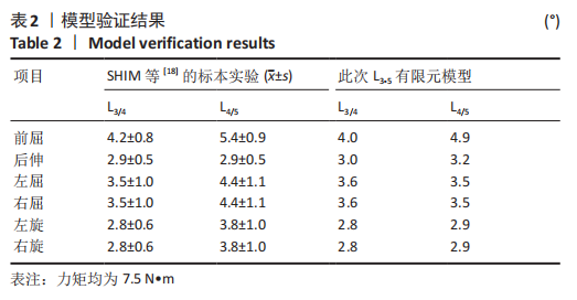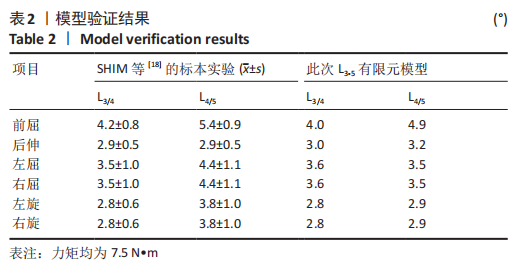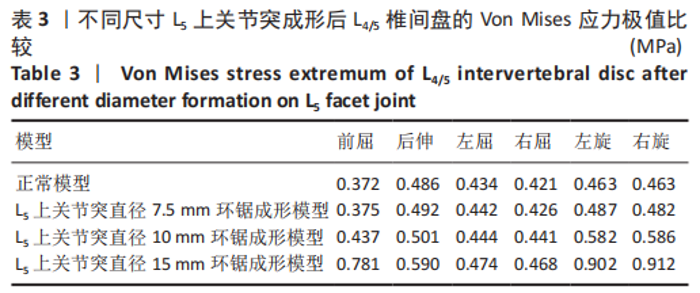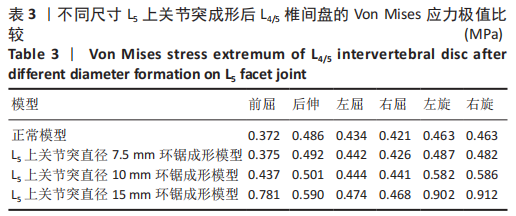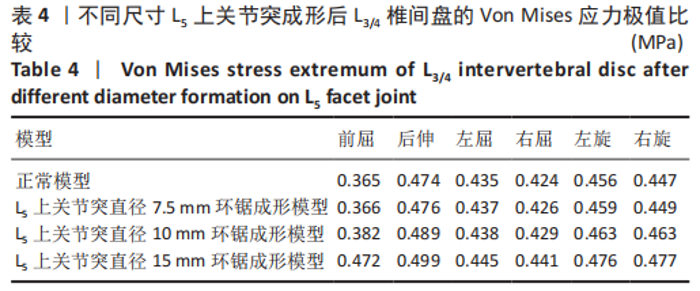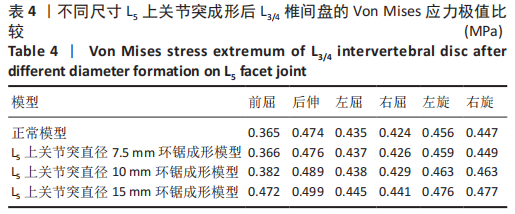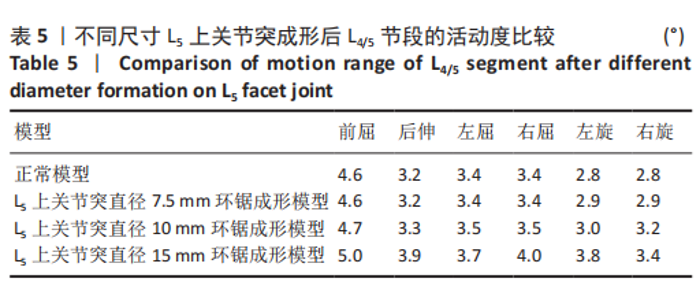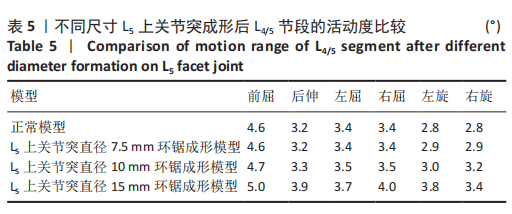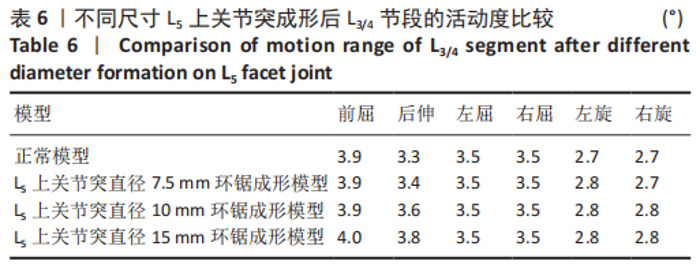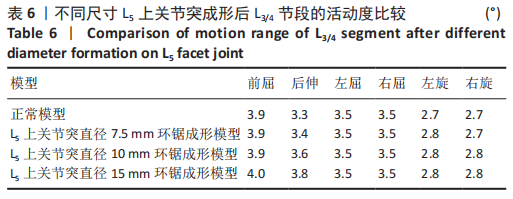[1] CHOI KC, KIM JS, RYU KS, et al. Percutaneous endoscopic lumbar discectomy for L5-S1 disc herniation:transforaminal versus interlaminar approach. Pain Physician. 2013;16(6):547-556.
[2] CHOI G, LEE SH, LOKHANDE P, et al. Percutaneous endoscopic approach for highly migrated intracanal disc herniations by foraminoplastic technique using rigid working channel endoscope. Spine. 2008;33(15):E508-515.
[3] ELLINGSON AM, NUCKLEY DJ. Altered helical axis patterns of the lumbar spine indicate increased instability with disc degeneration. J Biomech. 2015;48(2):361- 369.
[4] 余洋,樊效鸿,顾党伟,等.腰椎经皮内镜下不同部位关节突成形对椎间盘力学影响的三维有限元分析[J].重庆医学,2019,48(1):120-123.
[5] MARISCALCO MW, YAMASHITA T, STEINMETZ MP, et al. Radiation exposure to the surgeon during open lumbar microdiscectomy and minimally invasive microdiscectomy:a prospective,controlled trial. Spine. 2011;36(3):255-260.
[6] AHN Y, KIM CH, LEE JH, et al. Radiation exposure to the surgeon during percutaneous endoscopic lumbar discectomy: aprospective study. Spine. 2013;38(7):617-625.
[7] YIN QS, AI FZ, ZHANG K, et al. Transoral atlantoaxial reduction plate fixation for irreducible atlantoaxial dislocation. Chin J Traumatol. 2006;32(9):14-20.
[8] KIM SM, LIM TJ, PATERNO J, et al. Biomechanical comparison of anterior and posterior stabilization methods in atlantoaxial instability. J Neurosurg. 2004; 100(3 Suppl Spine):277-283.
[9] KAPETANAKIS S, GKASDARIS GT, ANGOULES AG, et al. Transforaminal Percutaneous Endoscopic Discectomy using Transforaminal Endoscopic Spine System technique: Pitfalls that a beginner should avoid. World J Orthop. 2017;8(12):874-880.
[10] KATZ JEFFREY N. Lumbar disc disorders and low-back pain: socioeconomic factors and consequences.J Bone Joint Surg. 2006;88(Suppl 2):21-24.
[11] ABUMI K, PANJABI MM, KRAMER KM, et al. Biomechanical evaluation of lumbar spinal stability after graded facetectomies. Spine. 1990;15:1142-1147.
[12] ESWARAN SK, GUPTA A, ADAMS MF, et al. Cortical and trabecular load sharing in the human vertebral body. J Bone Miner Res. 2006;21(2):307-314.
[13] FARFAN HF. Mechanical disorders of the low back. Philadel Phia Lea & Febigeer, 1973:50.
[14] SU J, ZHAO WZ, CHEN BZ, et al. Establishing finite element contact model of human L1.L5 lumbar segments. J Med Biomech. 2010;25(3):200-205.
[15] HUANG JY, LI HY, WU H. Simulation calculation on biomechancical properties of lumbar disc herniation. J Med Biomech. 2012;27(1):96-101.
[16] BROLIN K, HALLDIN P. Development of finite element model of the upper cervical spine and a parameter study of ligament charateristics. Spine. 2004;29(4):376-385.
[17] NARESH K, MEAKIN J, ARAVIND K, et al . Analysis of stress distribution in lumbar interbody fusion. Spine. 2005;30(15):1731-1735.
[18] SHIM CS,PARK SW,LEE SH,et al. Biomechanical evaluation of an interspinous stabilizing device, Locker. Spine(Phila Pa 1976). 2008;33(22):E820-827.
[19] EVINS AI,BANU MA,NJOKU I JR, et al. Endoscopic lumbar foraminotomy. J Clin Neurosci. 2015,22(4):730-734.
[20] GU YT, CUI Z, SHAO HW, et al. Percutaneous transforaminal endoscopic surgery (PTES) for symptomatic lumbar disc herniation: a surgical technique, outcome, and complications in 209 consecutive cases. J Orthop Surg Res. 2017;12:25.
[21] ZENG ZL, ZHU R, WU YC, et al. Effect of Graded Facetectomy on Lumbar Biomechanics. J Healthc Eng. 2017;2017:7981513.
[22] 靳安民,袁野,曹虹,等.单双侧小关节分级切除的有限元分析[J].中国临床解剖学杂志,2002,20(6):473-475.
[23] 赵勇,李玉茂,李平生,等.单侧小关节分级切除对腰椎稳定性影响的三维有限元分析[J].实用骨科杂志,2009,15(10):764-767.
[24] 李振宙,侯树勋,吴闻文,等.经皮侧后路腰椎间孔成形术对腰椎解剖及生物力学影响的实验研究[J].中国骨与关节杂志,2010,9(6):503-508.
(责任编辑:GD,ZN,ZH)
|
